About Butter Boards
Social media is absolutely churning with posts about the butter board, a flashy new cousin to the charcuterie board.
What is a butter board?
Picture a serving board with a thick ribbon of soft butter artfully spread across the surface, topped with complementary ingredients like herbs, honey, citrus zest, fleur de sel, shaved shallots, thinly sliced radishes, chili flakes, or edible flowers.
A butter board is served with fresh baked bread and everyone helps themselves—a fun, communal experience.
Why would you do this?
Because everyone loves butter! And because butter goes so well with everything, you get to add in a bunch of your favourite flavours. It’s like making a compound butter but much prettier and without all the mess and waiting around.

Butter is such a versatile food, you can choose a wide variety of flavours for your butter board. This sweet board features cultured butter, sea salt, pomegranate, fresh fig, and raw honey.
Is it the new charcuterie board?
Creating a butter board has a lot of similarities with a cheese board, kinda like the charcuterie board’s eccentric cousin. Honestly, it can make for a fun change of pace.
While it will never replace the classic and well-loved charcuterie board, there’s no harm in giving it a try while the trend is hot.
What ingredients do I need?
The number one rule for creating a butter board is you must use really good butter. Save the generic stuff for your baking.
For a butter board, you want to use grass-fed or cultured butter with more than 80% butter fat. Irish and French butters are also good choices. Feel free to choose salted or unsalted varieties.

Sea Salt Cultured Butter from PEI's COWS Creamery is a great choice for your butter board due to its decadent 84% butter fat and tasty tang.
For your secondary ingredients, pick a flavour profile. The sky’s the limit here. Think fresh herbs, spices, grated cheese or chocolate, syrups, minced pickled vegetables, or sliced fresh veggies & fruit.
How do I make one?
Take your butter out of the fridge a couple hours before you make your butter board so it can warm up to room temperature. Do not use the microwave! Once at room temperature, you can even whip your butter with an electric mixer, but this isn’t necessary.
Then place big dollops of the softened butter on your serving board using a butter knife or spoon. Gradually build attractive pond or ribbon on board.
Next, distribute a generous amount of your chosen ingredients evenly across the butter’s surface.
Finally, serve your creating with a crusty bread and several butter knives so guests can help themselves!
Suggested Products








Leave a comment